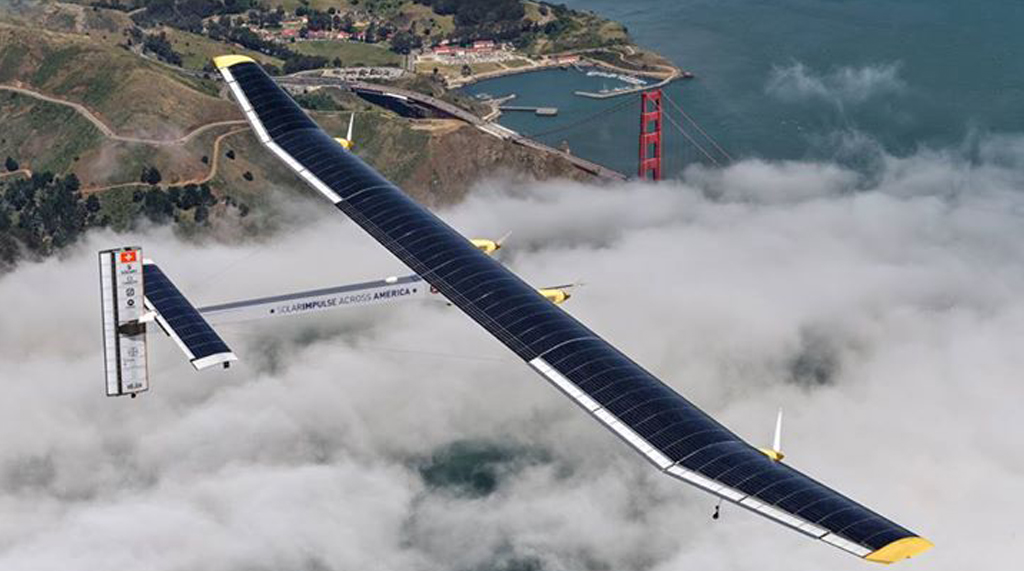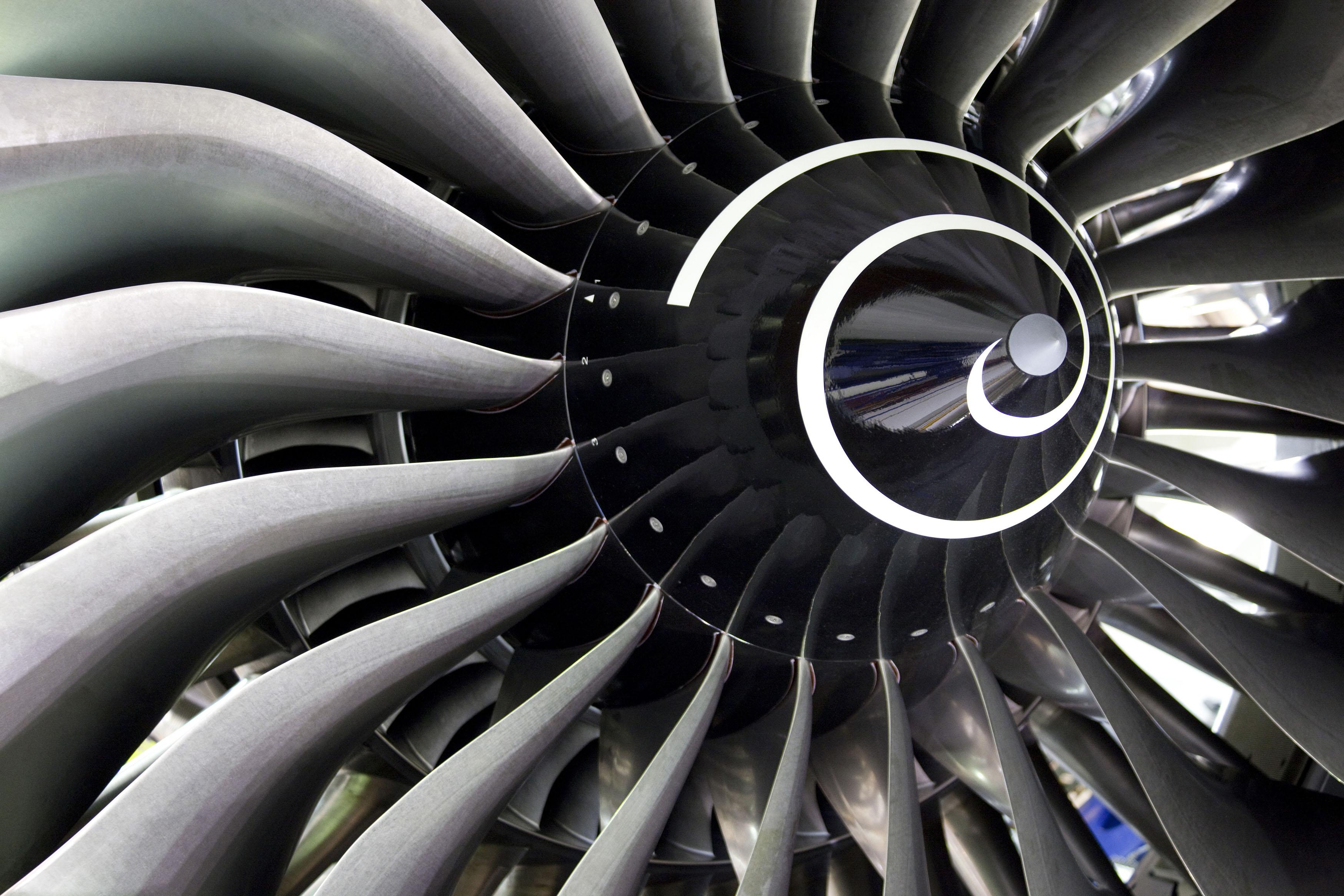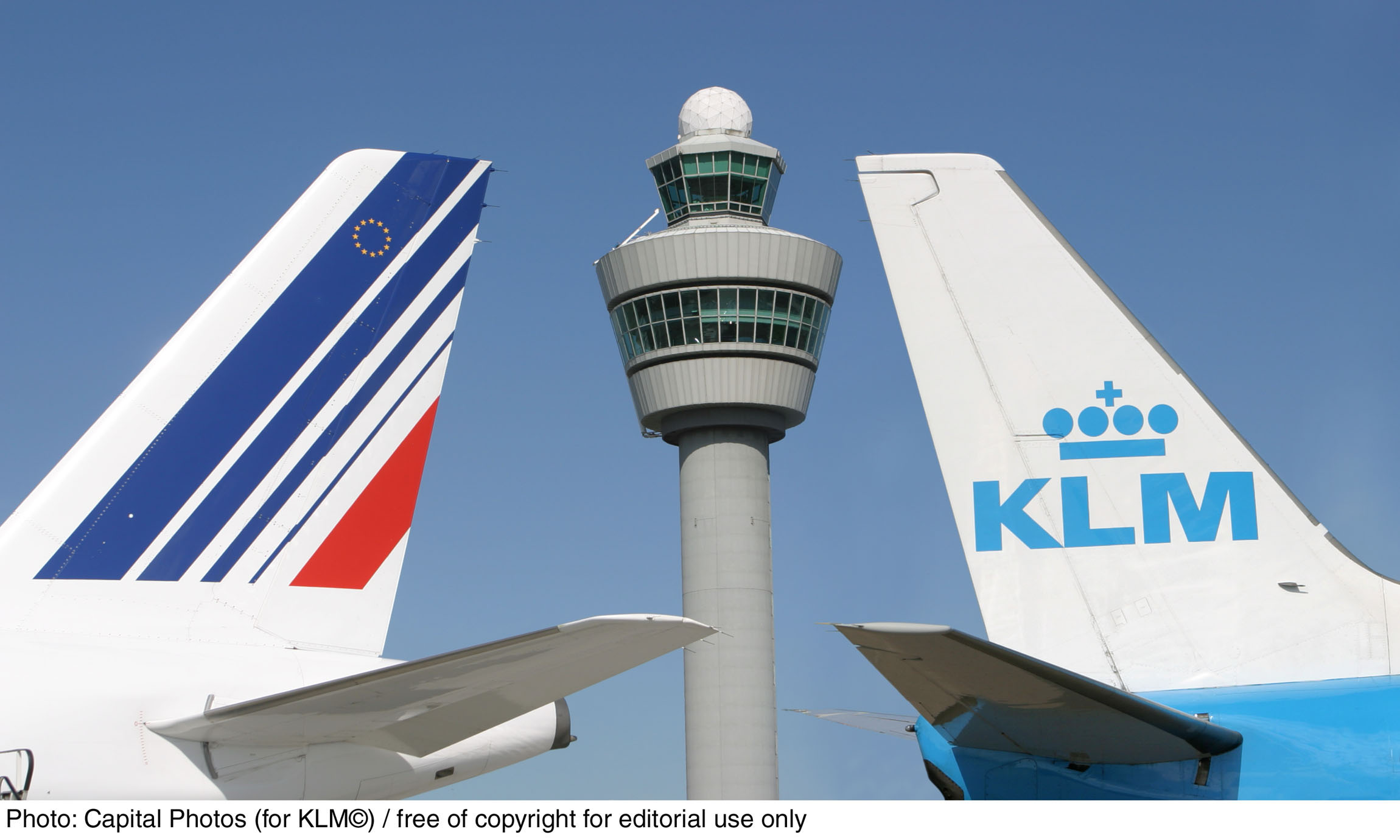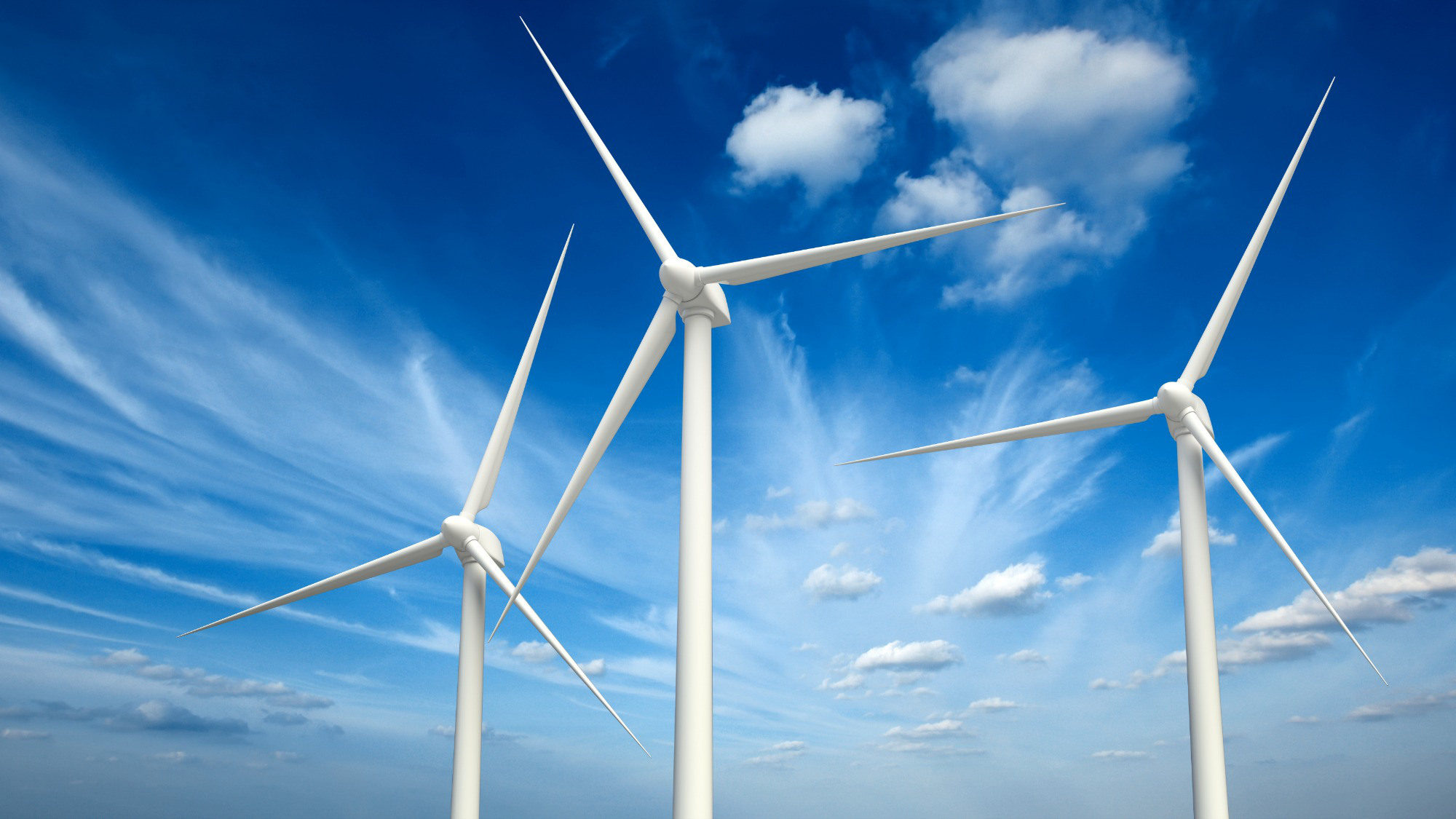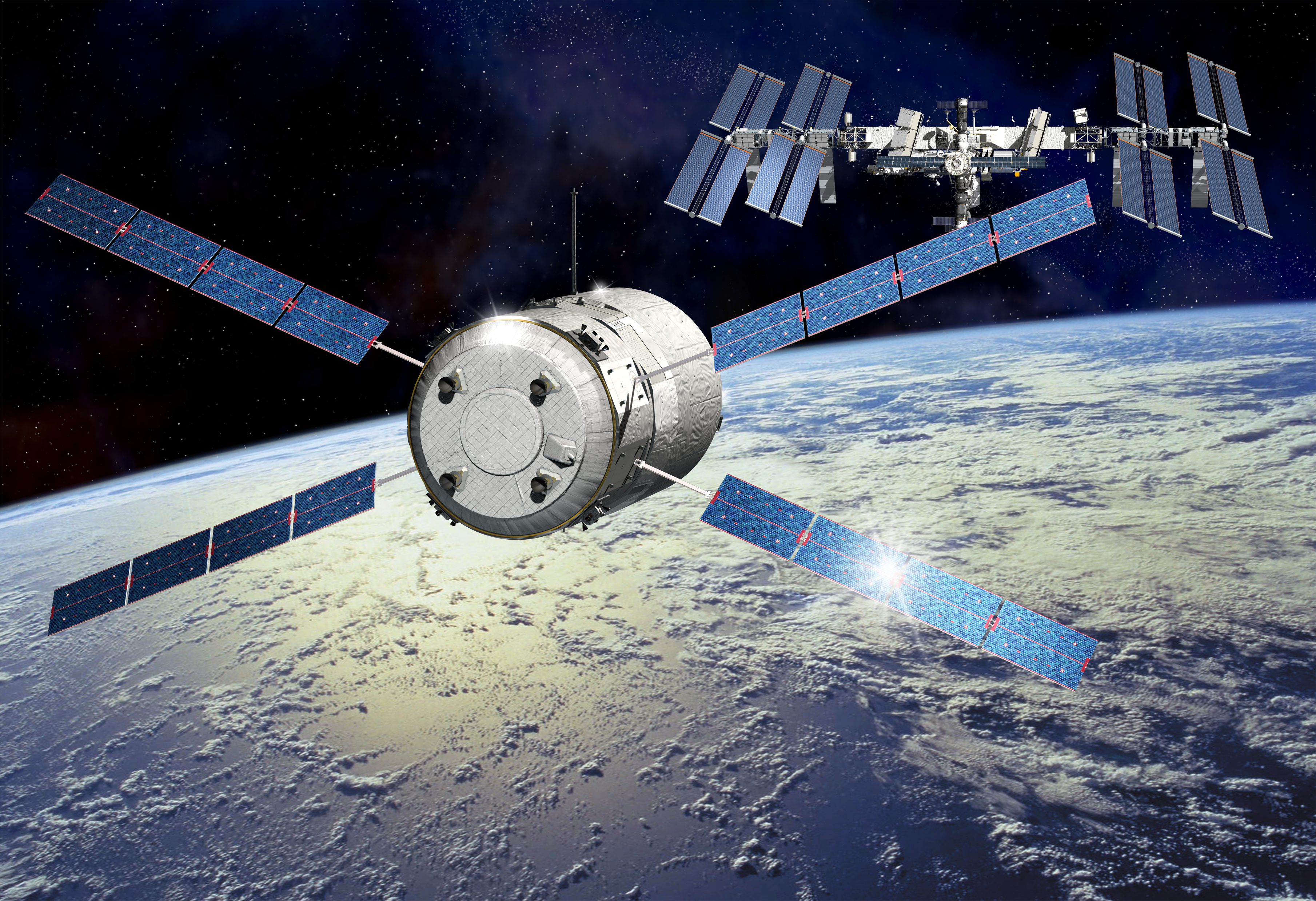Solar Impulse 2: New record
Solar Impulse 2 set a new world record for the furthest flight for an aircraft, simply powered by the sun. As a first piece of its trip around the world the Solar Impulse 2 took off in Abu Dhabi and landed twelve hours later in Muscat, Oman. With this the Swiss project has completed its very first objective; it has proven that it works. Since the aircraft is extremely slow, the world trip will have various stops. The biggest challenge for the aircraft and the pilots (Bertrand Piccard and Andre Borschbeg) will have to overcome is the trip over the Pacific Ocean, which is expected to be a 5 days non-stop flight. During these stops the team will be able to maintain the aircraft, rest and promote clean technologies, such as the Solar Impulse 2.

